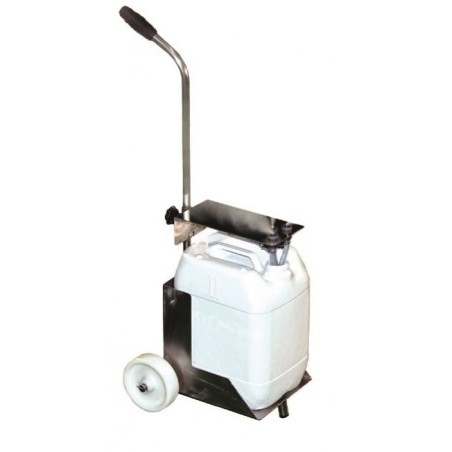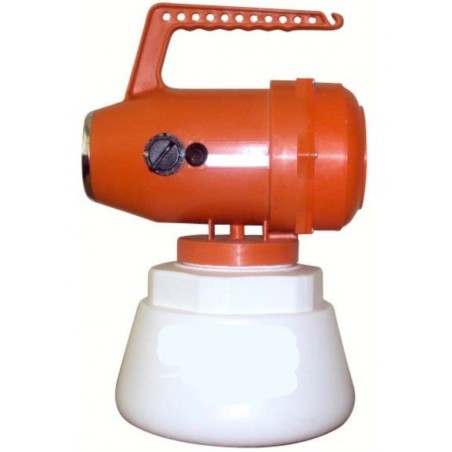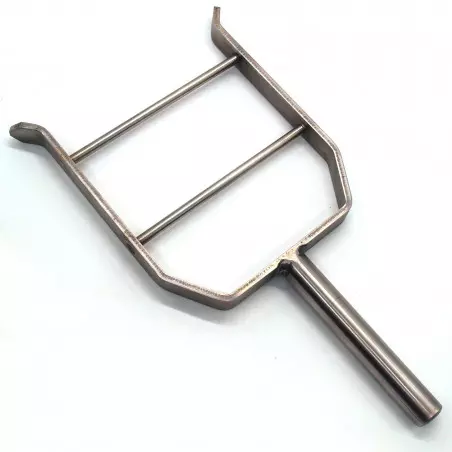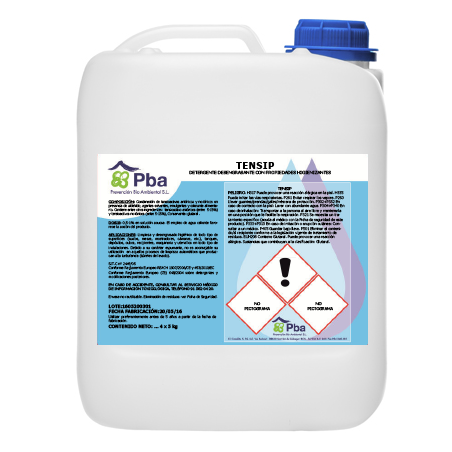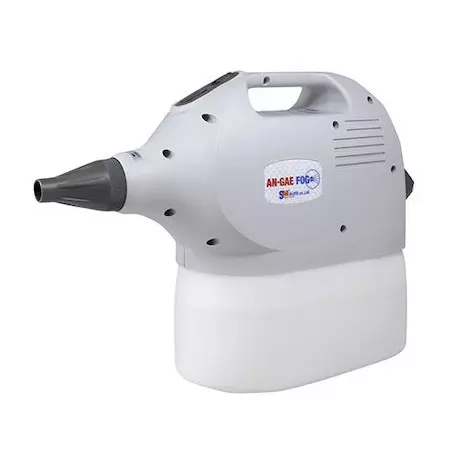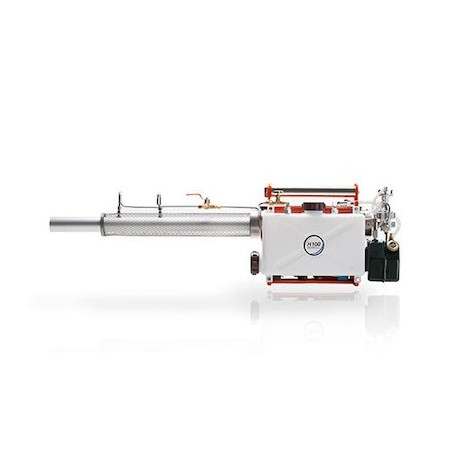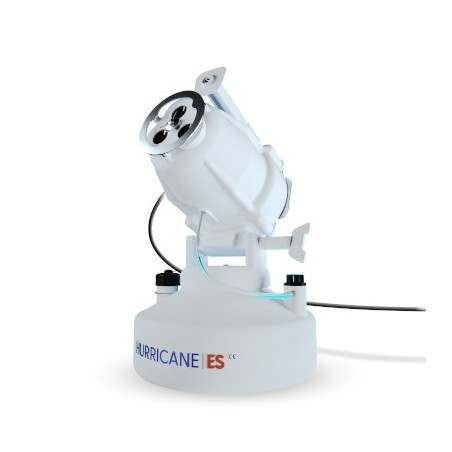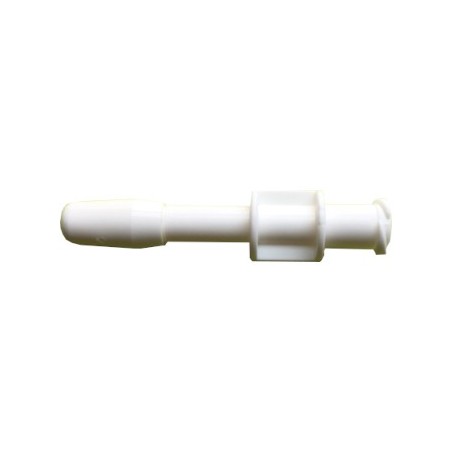Mycoplasma hyopneumoniae (Mhyo), that causes enzootic pneumonia, continues to have a significant impact on the global swine industry. The cost of the disease is variable and increases considerably when combined with viral agents, generating losses of up to USD11 per pig.
To eliminate or not to eliminate?

Three factors must be taken into account when defining the viability of the elimination Mhyo on each farm:
1. Negative replacements: It is vital to have access to a stable supply of Mhyo negative replacement animals at the end of the elimination program. For some systems, the elimination of Mhyo would imply a change of the source of their replacements. This change must be assessed, since it can have negative implications, such as the introduction of bacterial and viral strains different from those of the receiving farm, with the potential of destabilizing the health of the herd.
2. Cost and return on investment: Cost and return on investment: Since the elimination protocols are very variable, the cost of an elimination program is also variable. The main costs of an elimination program are medication, diagnosis and those associated with herd closure. It has been estimated that only in medication the cost can range between USD3-50 per sow, depending on the program implemented. Recent estimates indicate that an elimination program that includes herd closure, two weeks of medication in water with lincomycin for sows, tulathromycin for piglets at birth and on day 14, and 3 vaccinations of sows would cost USD15.90 per sow. It has also been estimated that the economic benefit per pig is around USD4.99 and that it would take 3-12 months to recover the initial investment (Linhares et al., 2017).
3. Risk of re-infection: Even when elimination is possible, it is very important to evaluate the risk of re-infection in the long term. The primary transmission route of Mhyo is through direct contact between pigs. Therefore, after completing the elimination program, an appropriate Mhyo monitoring plan and a quarantine protocol should be implemented to prevent the introduction of infected animals. The transmission through aerosols has been widely documented, and infectious Mhyo has been detected up to 9.2 km away, so areas with a high density of pigs may be at risk of re-infection. However, the lateral transmission of Mhyo to negative fattening pigs appears to be low even in areas with a high density of pigs. Finally, it has been shown that Mhyo survives up to 8 days at 4°C on the surface of various materials, and for 2 days at 25-37°C. This implies that the indirect transmission through contaminated surfaces is possible, so effective biosecurity protocols must be implemented to avoid the introduction through fomites, the staff or transport vehicles.
Key points for elimination
1. It is vital to make an initial diagnosis to estimate the proportion of pigs exposed in the herd (Table 1). Serum samples can be taken from females of different parities (if a vaccine has not been used previously) or tracheal samples of sows of different parities and replacement gilts of different ages, in order to estimate the prevalence of infection in each of the subgroups in the herd.
Table 1. Elimination protocol for M. hyopneumoniae in a site 1farm.
| Week | Event | Phase |
| - 5 | Initial diagnosis to determine exposure level | Exposure |
| 1-4 | Personnel training, filling of the acclimatization unit and exposure of the sows (mixing animals or via individual inoculation) | |
| 5-37 | Farm closing | |
| 6 | Verify exposure (serology or tracheal swabs) | Recovery |
| 25-28 | Vaccination and booster of all sows and gilts of the herd | |
| 30-32 | Disinfection and cleaning of the whole site | |
| 31-34 | Injectable medication in piglets | |
| 33-36 | Medication of the sows herd in feed and reduction of the age at weaning to 15 days. | Confirmation |
| 36 | Diagnosis (tracheal swabs of younger sows) | |
| 37 | Negative replacement gilts enter quarantine | |
| 37-57 | Confirmation of the culling. Use negative replacement gilts as sentinels. Tracheal swabs and serum. |
2. During the exposure phase, the goal is to ensure that all the sows become infected with Mhyo before starting the herd closure. This is one of the most challenging stages, and the key to the elimination of Mhyo. Currently, there are no consistent methods to ensure the infection of all the animals in a herd. The most common method is to use infected sows (e.g. cull sows) to expose the replacement sows in the acclimation unit. Other less evaluated methods include the intratracheal inoculation with lung tissue homogenates. However, inoculation requires qualified personnel, is laborious and is a stressful procedure for the animals. Recently, the use of nebulizers to aerosolize Mhyo in a confined space to guarantee exposure of negative sows has been explored.
3. The verification of exposure is done through diagnostic sampling. This can be difficult due to the limitations of the diagnostic tools and the sample collection methods. The detection of serum antibodies by ELISA is the most frequent diagnostic test performed for Mhyo. However, vaccination can mislead the interpretation of serological data. Therefore, caution should be exercised when interpreting the results. Several types of samples have been evaluated to detect Mhyo in the respiratory tract of live pigs. These include nasal, oropharyngeal (tonsil), tracheal (Photo 1), and laryngeal swabs, tracheobronchial washes and oral fluids. Since the bacterium colonizes and multiplies in the trachea and in the lung, swabs or samples from the upper respiratory tract (nasal, laryngeal or oral fluids) are not as sensitive, especially when the acute phase of the disease has ended. In our experience, tracheal swabs are the most sensitive sample for the detection of Mhyo, especially in chronically infected sows.
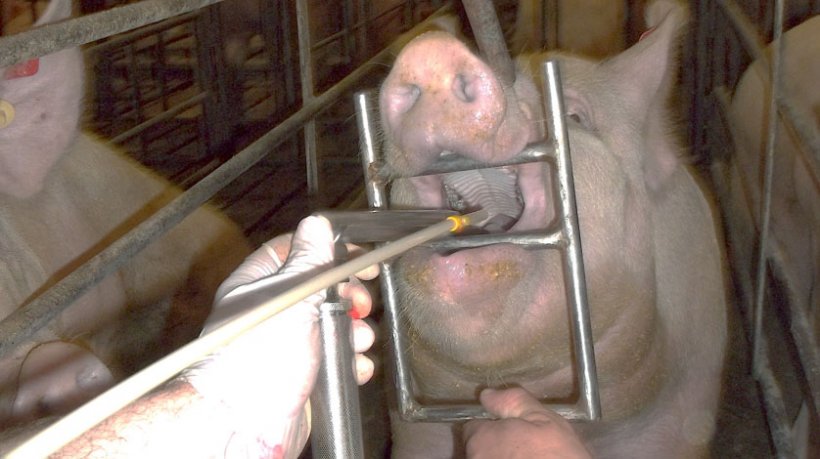
4. After confirming that all the sows have been exposed, the herd closure begins, lasting around 36 weeks (the estimated time of Mhyo excretion). During this period, no replacement sows must be introduced, and only those that were exposed to Mhyo before the herd closure must be used. Likewise, if the farm is a farrow-to-finish farm, weaning must be segregated to an external site during the entire closure period.
5. Vaccination and medication: The entire breeding herd should be vaccinated at the middle of the farm closure period and repeated after 3 weeks There are several types of medication programs, but in general, sows are medicated through food or water for about 2-4 weeks, and piglets with injectables at birth and again at day 14. The goal is to reduce the infection pressure and suppress excretion.
6. Cleaning and disinfection: Before opening the farm, the cleaning and disinfection of the entire farm should be carried out, including offices, refrigerators, coolers and corridors. It is also recommended to discard all remaining Mhyo vaccine containers.
7. Reduce the age at weaning: About 4 weeks before the re-opening of the farm it is recommended to reduce the weaning age to 14 days, to decrease the probability of piglet infection and to reduce the bacterial load in the environment.
8. Confirmation of elimination: it is recommended to take samples of the youngest sows (or the last ones to become infected), and once it has been confirmed that excretion has stopped, negative sows can be introduced. These sows can be used as sentinels and can be monitored over the course of 20 weeks to confirm the negative status of the herd.





